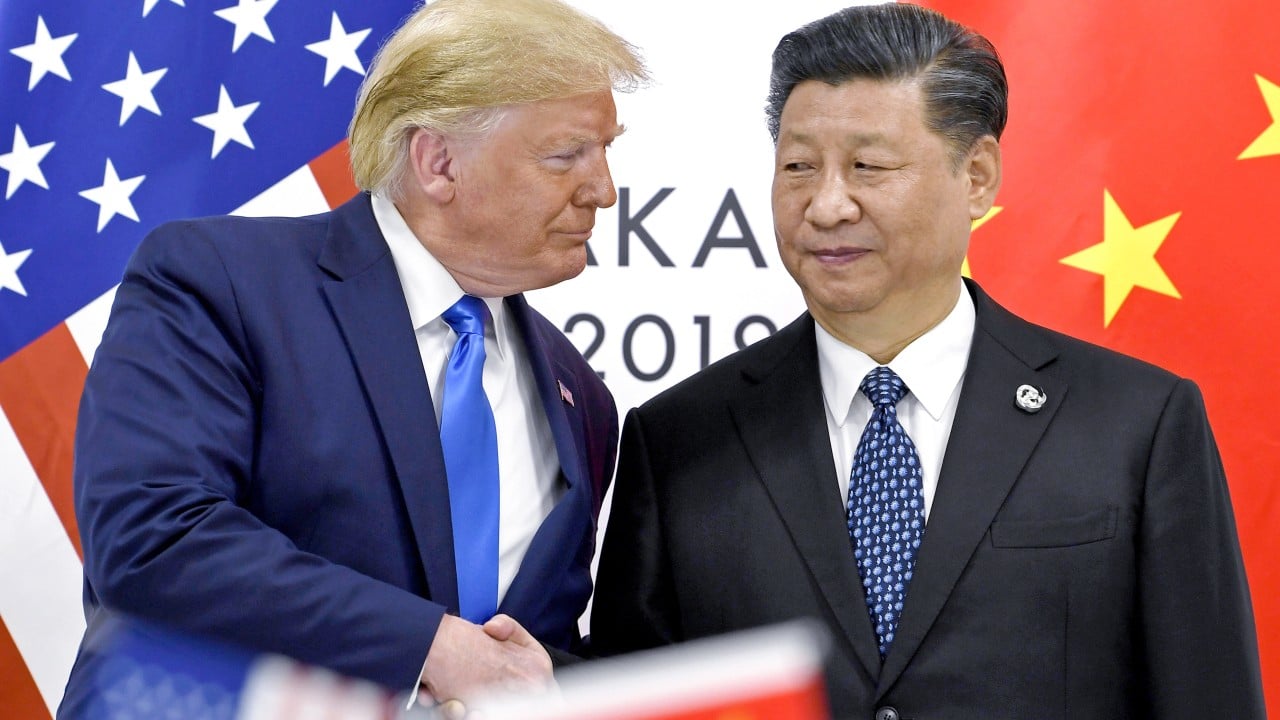Convergence theory has long been a Western fantasy in conquering the world with liberal democratic values. It proposes that societies, especially as they industrialise, tend to become more alike in various aspects of social organisation, including work, class structure, family patterns and culture.
Advertisement
However, convergence theory oversimplifies the complexities of social change and ignores the unique cultural and historical contexts of different societies. It does not adequately account for power dynamics between nations and it overestimates the potential for developed nations to impose their values and structures on less developed ones.
More importantly, this theory assumes a one-way path for non-Western countries to converge to a Western-style system. When China avoided such convergence in its economic take-off, the response in the West was not to accept that the theory was flawed, but to blame China for not converging. Officials from the Joe Biden administration, for example, effectively justified its hostile China policy on Beijing’s “failure” to converge.
China was supposed to follow a predetermined trajectory and adopt Western values and systems as its economy grew. But such logic makes no sense and exposes instead a superior moral attitude, typical of Biden’s “democracy versus autocracy” framework for handling foreign policy.
Few are prepared, however, for a “reverse convergence” that has emerged in recent months amid US President Donald Trump’s return to power. While we may only be witnessing the early stage, the contours of a future trend seem to be taking shape.
Advertisement
This reversal is not about the US losing its soft power viz-à-viz China. Rather, the US appears to be drawing closer to China – not in terms of communist ideology but in taking a similar approach to political legitimacy and questions of war and peace.

